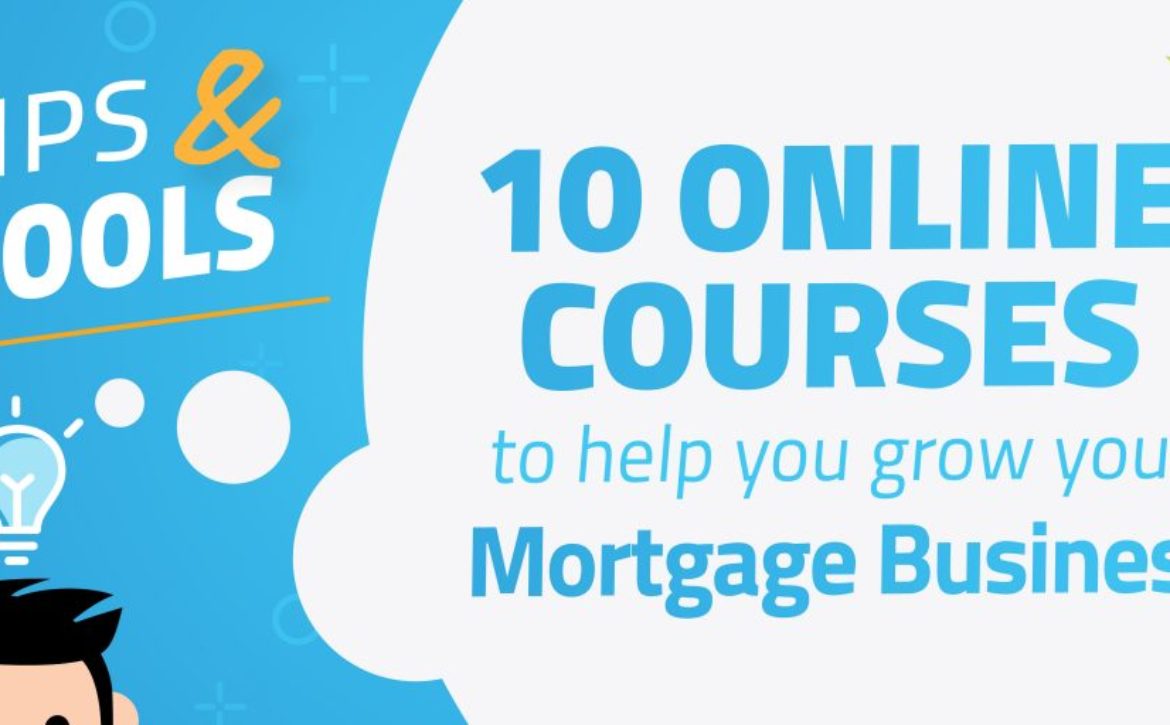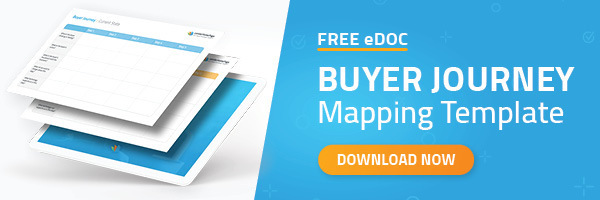Want LOs to Increase Volume? Take Marketing Off Their List
Keeping that pipeline filled with new qualified leads is one of the biggest challenges that brokerages face daily, and marketing plays a critical role in making that happen. However, many mistakenly hand this crucial task to their LOs or office staff, thinking that it’ll be just as effective (or cost-efficient) to do so.
But having your LOs take responsibility for mortgage marketing could be costing you more than you realize.
If you want your LOs to increase their loan volume, you must take marketing off of their plate and pass it on to a professional marketer. Here’s why:
- A professional marketer will free up LO time so they can focus on processing loans
- A professional marketer will modernize your lead gen strategy
- A professional marketer is easier to manage and will deliver better results.
In this age, it’s no longer a question of whether a brokerage needs to do digital marketing but rather how serious they are at getting results. A healthy benchmark for effective marketing would be that it accounts for about 20-30% of your total pipeline. Are you near that benchmark? How much time are you willing to have your LOs dedicate to reaching that goal?
By answering those two questions, you’ll start to get a better idea of how significant and costly the problem is to have your LOs take responsibility for your business marketing. Let’s take a deeper look at why you need to remove marketing from their to-do list, and give it to the capable hands of a professional mortgage marketer.
Mortgage Marketing Powered by LenderHomPage
A professional marketer will free up LO time to process More loans.
Many business owners have a “Do-It-Yourself” type of mentality. While admirable and essential to business start-ups, requiring your LOs to have this same mentality regarding marketing will end up backfiring, and here’s why. Firstly, marketing takes knowledge of how marketing works, how to design a marketing strategy, and how to execute it. Essentially, when you require your LO to take on marketing, you make them take on a second career.
How well do you think they’ll execute?
How long do you think it’ll take them to complete the necessary tasks? This leads us to our second point…
Even with an experienced marketing team at the helm, implementing the strategy takes time. Considering the 40-hour workweek, how many of those hours are you willing to take away from lead nurturing and loan processing to have your LO make a rudimentary effort in mortgage marketing?
A professional marketer will modernize your lead gen strategy.
The rise of the digital age has reinvented many aspects of marketing, and with algorithms constantly evolving, competitors altering their campaigns, market changes, and consumers shifting their online behaviors, your approach must also adapt.
That includes modernizing every aspect of your inbound mortgage marketing strategy. Below is a partial list of tasks that entail a “modern marketing strategy”:
- Website development or redesign
- Branding
- Graphic design
- SEO/keyword research
- Content development
- Social media marketing
- Email marketing
- Local market research
- Mobile marketing integration
- Print marketing development and production
- Paid advertising
- Metrics and data analysis
- Public relations
- Video creation and marketing
While this is an extensive list, it’s not exhaustive. Remember that innovative technology, apps, and marketing disciplines are constantly being created. It’s challenging enough to train an LO into a top producer –do you really want her also to try to keep up with the latest in marketing?
A professional marketer is Easier to Manage with better results.
When you hire a mortgage marketing agency, you get access to a team of expert copywriters, graphic designers, social media marketers, SEO professionals, PPC strategists, web designers, plus managers to coordinate it all. Is this something you want your loan officers or business to take on?
While some are tempted to take their marketing in-house, that’s not always the best way to go, especially for mortgage businesses. For mortgage businesses, the cost of recruiting and training a new marketing department could be prohibitive. And that rings true for both individual and multi-branch firms.
So unless you’re in the business of marketing, it’s best to focus on lending and leave the marketing to the experts.
The Bottom Line
Marketing is both essential and a necessary expense. That’s right –there’s a cost for marketing and lead generation. Some falsely believe that they can eliminate or reduce the cost by their LOs do the marketing. But as you now can see, you’ll end up paying much more. When you shift the responsibility of marketing from your LO to a marketing professional, you’ll have beefed up your revenue streams from both your lead generation side and your lead nurturing side.
Ready to make that happen? Click here to schedule a conversation with our redesigned mortgage marketing services.











